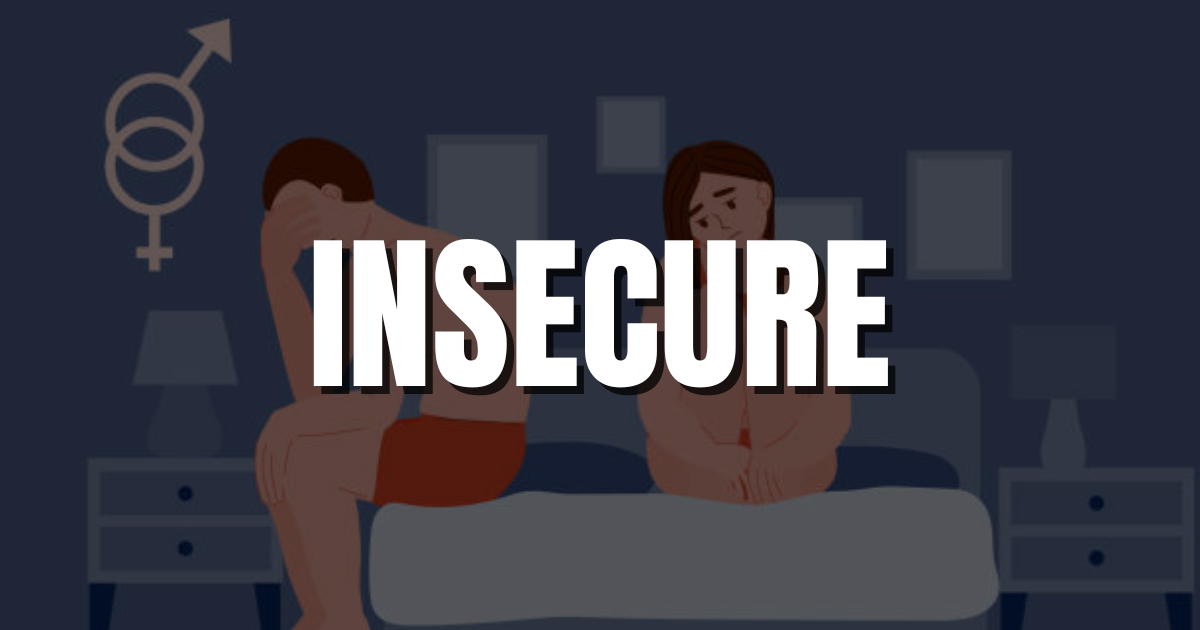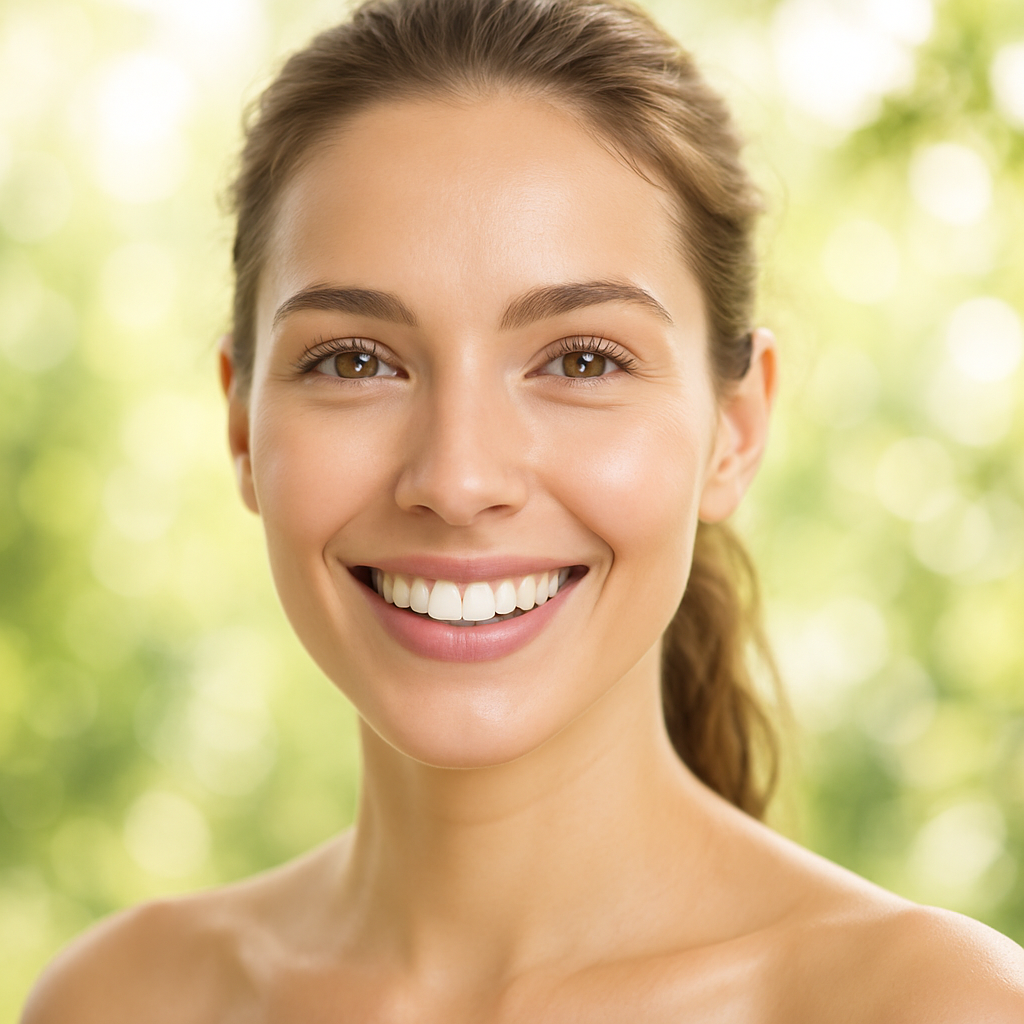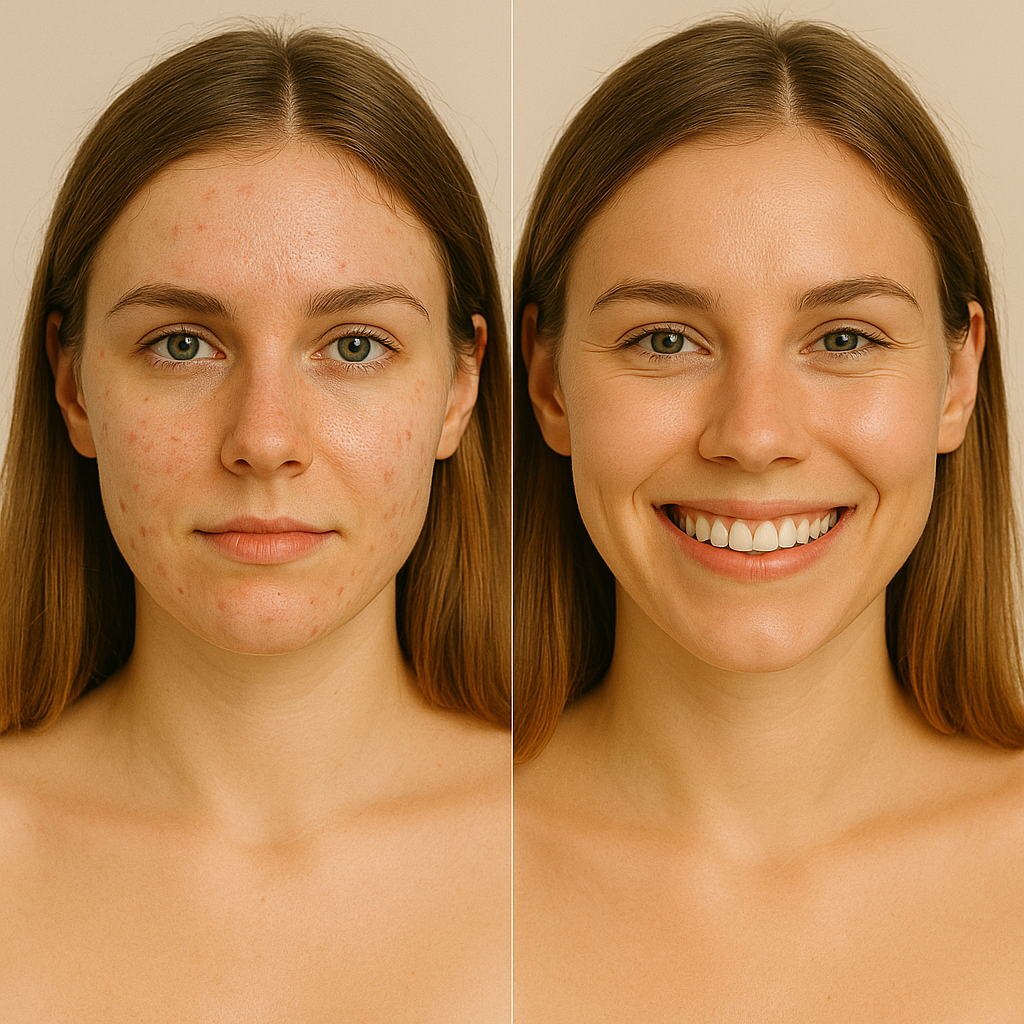Ever catch a glimpse of yourself in a store window and think, “Wait, is that my scalp showing?” I’ve been there. Staring at the drain after a shower, seeing a collection of hair that looked suspiciously like a small animal, and feeling that pit in my stomach.
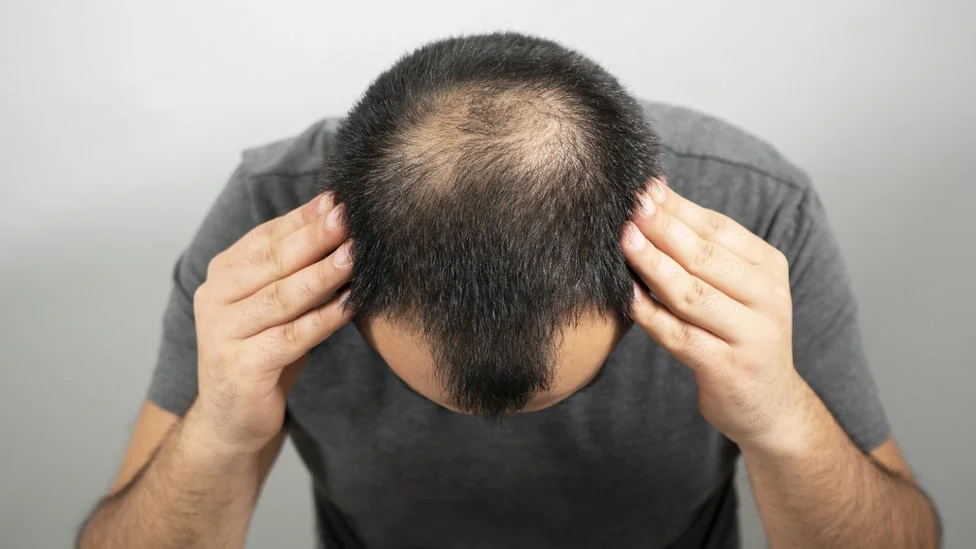
But I’m here to tell you from the bottom of my heart that you really can say goodbye to baldness with these 3 steps. I’m not selling a miracle cure or some snake oil I cooked up. This is my real, honest-to-goodness story of how I went from strategically combing over thinning spots to feeling the wind in a full, healthy head of hair again. It wasn’t overnight, but it was simpler than I ever imagined. So, grab a coffee, my friend, and let’s chat.
Step 1: The Foundation Fix – Winning the War from the Inside Out
For years, I thought hair loss was something that just happened on my head. I spent a fortune on fancy shampoos and “thickening” sprays that did little more than make my hair sticky. The real game-changer, however, came from an unexpected place: my kitchen. It turns out, your hair follicles are like tiny little factories, and if you don’t give them the right raw materials, they simply shut down production. In other words, I was trying to build a house without any bricks.
My Nutritional Wake-Up Call
My “aha!” moment happened when I was complaining to a friend about my hair, and he asked me a simple question: “What did you eat yesterday?” I mumbled something about coffee, a pastry, and a pizza for dinner. He just laughed. As a result of that conversation, I started digging into the connection between diet and hair health. The science is undeniable; certain nutrients are absolutely critical for hair growth.
Here’s the simple list of power-hitters I focused on incorporating into my daily meals:
- Protein: Your hair is literally made of protein (keratin). Not enough protein, and your body rations it, shutting down “non-essential” things like hair growth. I made sure to include lean meats, eggs, or legumes in every meal.
- Iron: This is a big one, especially for women. Iron deficiency is a major cause of hair shedding. I started eating more spinach, red meat, and lentils. For example, a simple spinach and egg scramble for breakfast became my go-to.
- Biotin: The famous “hair vitamin.” While most people get enough, adding biotin-rich foods like nuts, seeds, and sweet potatoes certainly helps. I found it made my hair feel stronger.
- Zinc: This mineral plays a huge role in hair tissue growth and repair. A zinc deficiency can directly lead to hair loss. Oysters are packed with it, but so are beef, pumpkin seeds, and lentils.
Undoubtedly, changing my diet was the single most important first step. Because without the right fuel, nothing else I tried was going to work effectively. It wasn’t about a crazy restrictive diet, but rather a conscious effort to give my body what it needed.
Step 2: The Topical Tactic – Fighting the Battle on the Front Lines
Okay, so I had the internal foundation sorted. Next, it was time to get to work on my actual scalp. This is where you bring the fight directly to the problem area. I’ll be honest, the world of topical treatments is confusing. There are a million lotions, potions, and oils all promising to regrow your hair in a week. I tried a bunch of duds. However, through trial and error, I landed on a two-pronged attack that delivered real, visible results.
The Proven Powerhouse: Minoxidil
Let’s be direct. I was skeptical of using something like Minoxidil (the active ingredient in brands like Rogaine). It felt like a “last resort.” But, after reading countless studies and testimonials, I decided to give it a fair shot. It works by increasing blood flow to the follicles and pushing them into the growth phase. It’s not an instant fix. For the first month, I saw… nothing. Then, I even noticed a bit more shedding, which I later learned is a sign it’s working (pushing out old hairs to make way for new ones). Then, around the three-month mark, I started seeing tiny, new hairs sprouting along my hairline. It was an incredible feeling. Therefore, consistency is your best friend here; you have to apply it every single day as directed.
The Natural Boost: Scalp Massages with Essential Oils
While Minoxidil was my heavy hitter, I also wanted to support my scalp health naturally. This is where scalp massages came in. Furthermore, I started incorporating a few drops of rosemary essential oil mixed with a carrier oil like jojoba or coconut. Research has actually shown rosemary oil can be as effective as Minoxidil for some people.
Here’s my simple nightly routine:
- Mix 3-4 drops of rosemary oil with a tablespoon of jojoba oil.
- Using my fingertips, I’d gently massage the oil into my scalp for about 5 minutes.
- I focused on the areas where thinning was most noticeable.
Not only does this stimulate blood flow, but in truth, it was also an incredibly relaxing ritual before bed, which helped with the final step.
Step 3: The Lifestyle Overhaul – Stress Less, Grow More
This final step is the glue that holds everything together. You can eat all the spinach in the world and slather your head in potions, but if you’re a walking ball of stress, your body will find a way to rebel—and for many of us, that’s through hair loss. Undoubtedly, the link between high cortisol (the stress hormone) and hair shedding is scientifically proven. I had a high-stress job and terrible sleep habits, a combination that was creating the perfect storm for a receding hairline.
Breaking Up With Stress
I knew I had to make a change. As a result, I implemented a few non-negotiable stress-management techniques into my life.
- Daily Movement: Not intense, gut-busting workouts. Just a simple 30-minute walk outside every single day. This helped clear my head and lower my cortisol levels.
- Mindfulness: I started using a free meditation app for just 10 minutes each morning. It sounds like hooey if you’ve never done it, but learning to quiet my mind had a profound effect on my overall anxiety.
- Sleep Hygiene: I made my bedroom a phone-free zone. I started reading a book for 30 minutes before bed instead of scrolling through social media. Consequently, my sleep quality improved dramatically.
These small changes didn’t just help my hair; they improved my entire life. In conclusion, managing stress is not just about hair—it’s about your overall well-being. Treating my hair loss became a catalyst for becoming a healthier, happier person.
My Final Word on Beating Baldness
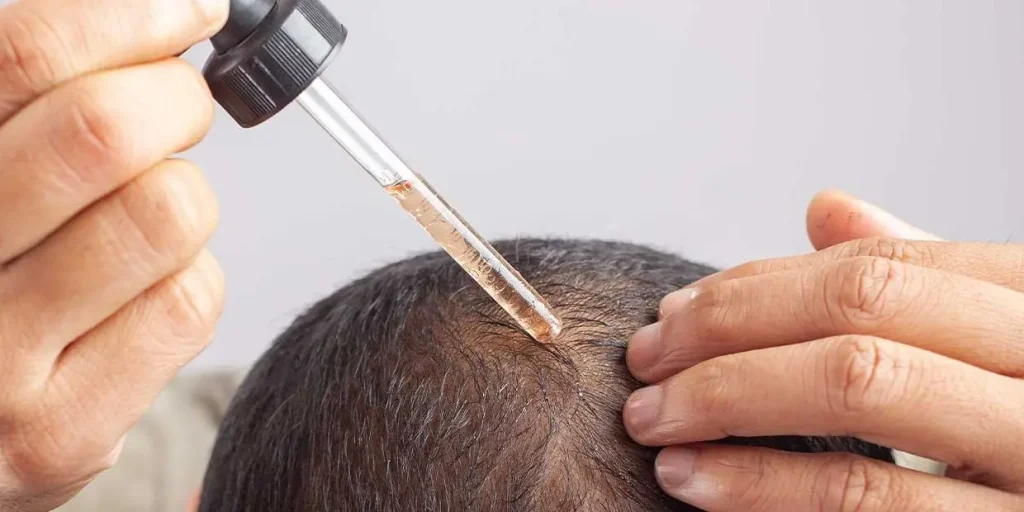
So there you have it. My three-step journey to saying goodbye to baldness. It wasn’t a magic pill. It was a commitment to nourishing my body from the inside, treating my scalp with proven solutions from the outside, and managing the lifestyle factors that were contributing to the problem in the first place. Finally, after about six months of being consistent with all three steps, the difference was night and day. My hair was thicker, my hairline was stronger, and most importantly, my confidence was back.
You don’t have to accept hair loss as your fate. You have the power to fight back. Start with one step. Just one. And build from there.
Now I want to hear from you. What’s the one thing you’ve tried in your hair loss journey that made a difference? Share your story in the comments below – let’s help each other out!
And if you found this guide helpful, be sure to subscribe to our newsletter for more practical, no-BS tips on looking and feeling your absolute best.


